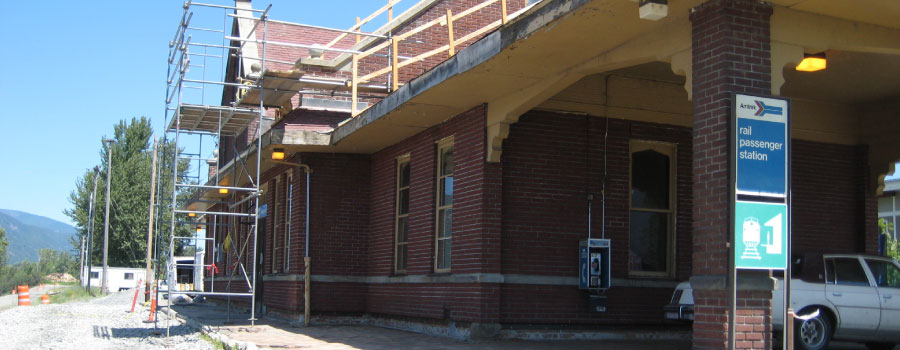
What is “Mitigation”?
The Section 106 Consultation process may sometimes identify adverse effects on historic resources. In such cases, the project must either be modified to avoid these effects or, if avoidance is not possible, the Federal agency is required to implement mitigation measures to address the impacts. These measures are formalized through a Memorandum of Agreement (MOA) between the Federal agency, the State Historic Preservation Office (SHPO), and other interested parties. The MOA outlines specific mitigation actions, which can vary widely depending on the nature of the resource and the complexity of the project. Mitigation efforts are designed to provide direct public benefits and require consensus among all consulting parties
CONTACT US
(208) 334-2682
ADDITIONAL RESOURCES
Mitigation Process
When mitigation is required, the lead Federal agency is responsible for engaging with all potentially interested parties. These parties may vary depending on the project but often include the local community, Certified Local Governments, local historical societies, museums, Tribal organizations, and the general public. The agency typically schedules a meeting with these stakeholders and SHPO, usually held within or near the affected community, to discuss the project, its impacts, and potential compensatory mitigation options. For larger or more complex projects, multiple meetings may be necessary to reach a consensus on appropriate mitigation measures.
Once an agreement is reached on the mitigation plan, the Federal agency, the State Historic Preservation Office (SHPO), and sometimes other entities (such as local governments) draft and sign a Memorandum of Agreement (MOA). The MOA serves as a legally binding document outlining the mitigation actions, responsible parties, and implementation timeline.
Mitigation Options
While the Federal agency and SHPO may already have some ideas of what might be done for mitigation, it is vitally important that the local parties take some time to consider what sorts of options they are interested in pursuing. Since the historic resource being adversely effected is a local resource, the local community should have a voice in what comes from the mitigation process. Things to think about when considering mitigation options might include:
- What is the value of the resource/site to others?
- Are the mitigation costs commensurate with the value of the resource?
- Are the mitigation efforts commensurate with the scale of the project?
- Are there other options that don’t include archaeological site excavation or historic building documentation?
- What, if any, partnerships are available?
Mitigation measures may include public participation activities, support for an alternate cultural resource, or general non site-specific mitigation. There is no such thing as a “standard mitigation” package. Please feel free to think outside the box and outside of the project area. Past mitigation projects have included, but are not limited to:
- National Register nominations
- Thematic or Multiple Property studies
- Local historic preservation plans
- Additional survey and inventory work
- Bricks and mortar preservation funding
- Historic structure reports
- Training/Workshops (e.g. window repair workshop)
- Financial support for local preservation non-profit organizations
- Historic context studies
- Facade improvement grants
- Heritage Tourism projects
- In situ preservation of cultural resources
- HABS/HAER/HALS documentation
- Ethnographic studies
- Digitization projects
- Archaeological excavations
- Documentaries
- Lecture or podcast series’
- Maintaining Idaho SHPO Cultural Resources Database & GIS systems (ACHP/NCSHPO letter on providing support)
This list is by no means meant to be exhaustive, but rather to give an idea of the range of projects that might be carried as part of the mitigation process. Don’t be afraid to suggest creative ideas!

